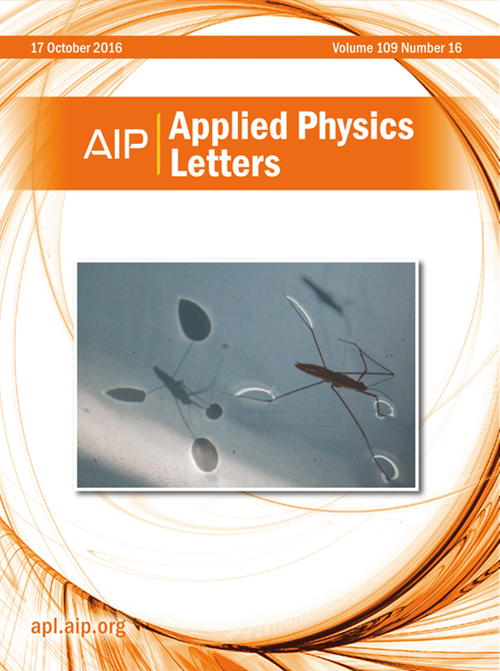Loss tangent fluctuations due to two-level systems in superconducting microwave resonators
IF 3.5
2区 物理与天体物理
Q2 PHYSICS, APPLIED
引用次数: 0
Abstract
Superconducting microwave resonators are critical to quantum computing and sensing technologies. Additionally, they are common proxies for superconducting qubits when determining the effects of performance-limiting loss mechanisms such as from two-level systems (TLSs). The extraction of these loss mechanisms is often performed by measuring the internal quality factor Qi as a function of power or temperature. In this work, we investigate large temporal fluctuations of Qi at low powers over periods of 12–16 h (relative standard deviation σQi/Qi=13%). These fluctuations are ubiquitous across multiple resonators, chips, and cooldowns. We are able to attribute these fluctuations to variations in the TLS loss tangent due to two main indicators. First, measured fluctuations decrease as power and temperature increase. Second, for interleaved measurements, we observe correlations between low- and medium-power Qi fluctuations and an absence of correlations with high-power fluctuations. Agreement with the TLS loss tangent mean is obtained by performing measurements over a time span of a few hours. We hypothesize that, in addition to decoherence, due to coupling to individual near-resonant TLS, superconducting qubits are affected by these observed TLS loss tangent fluctuations.求助全文
约1分钟内获得全文
求助全文
来源期刊

Applied Physics Letters
物理-物理:应用
CiteScore
6.40
自引率
10.00%
发文量
1821
审稿时长
1.6 months
期刊介绍:
Applied Physics Letters (APL) features concise, up-to-date reports on significant new findings in applied physics. Emphasizing rapid dissemination of key data and new physical insights, APL offers prompt publication of new experimental and theoretical papers reporting applications of physics phenomena to all branches of science, engineering, and modern technology.
In addition to regular articles, the journal also publishes invited Fast Track, Perspectives, and in-depth Editorials which report on cutting-edge areas in applied physics.
APL Perspectives are forward-looking invited letters which highlight recent developments or discoveries. Emphasis is placed on very recent developments, potentially disruptive technologies, open questions and possible solutions. They also include a mini-roadmap detailing where the community should direct efforts in order for the phenomena to be viable for application and the challenges associated with meeting that performance threshold. Perspectives are characterized by personal viewpoints and opinions of recognized experts in the field.
Fast Track articles are invited original research articles that report results that are particularly novel and important or provide a significant advancement in an emerging field. Because of the urgency and scientific importance of the work, the peer review process is accelerated. If, during the review process, it becomes apparent that the paper does not meet the Fast Track criterion, it is returned to a normal track.
 求助内容:
求助内容: 应助结果提醒方式:
应助结果提醒方式:


